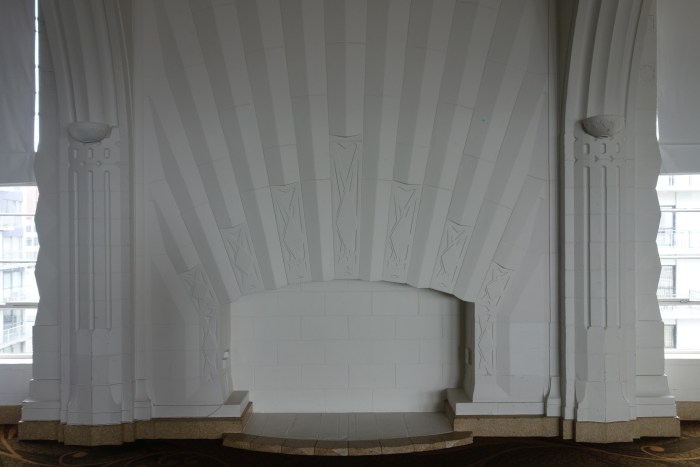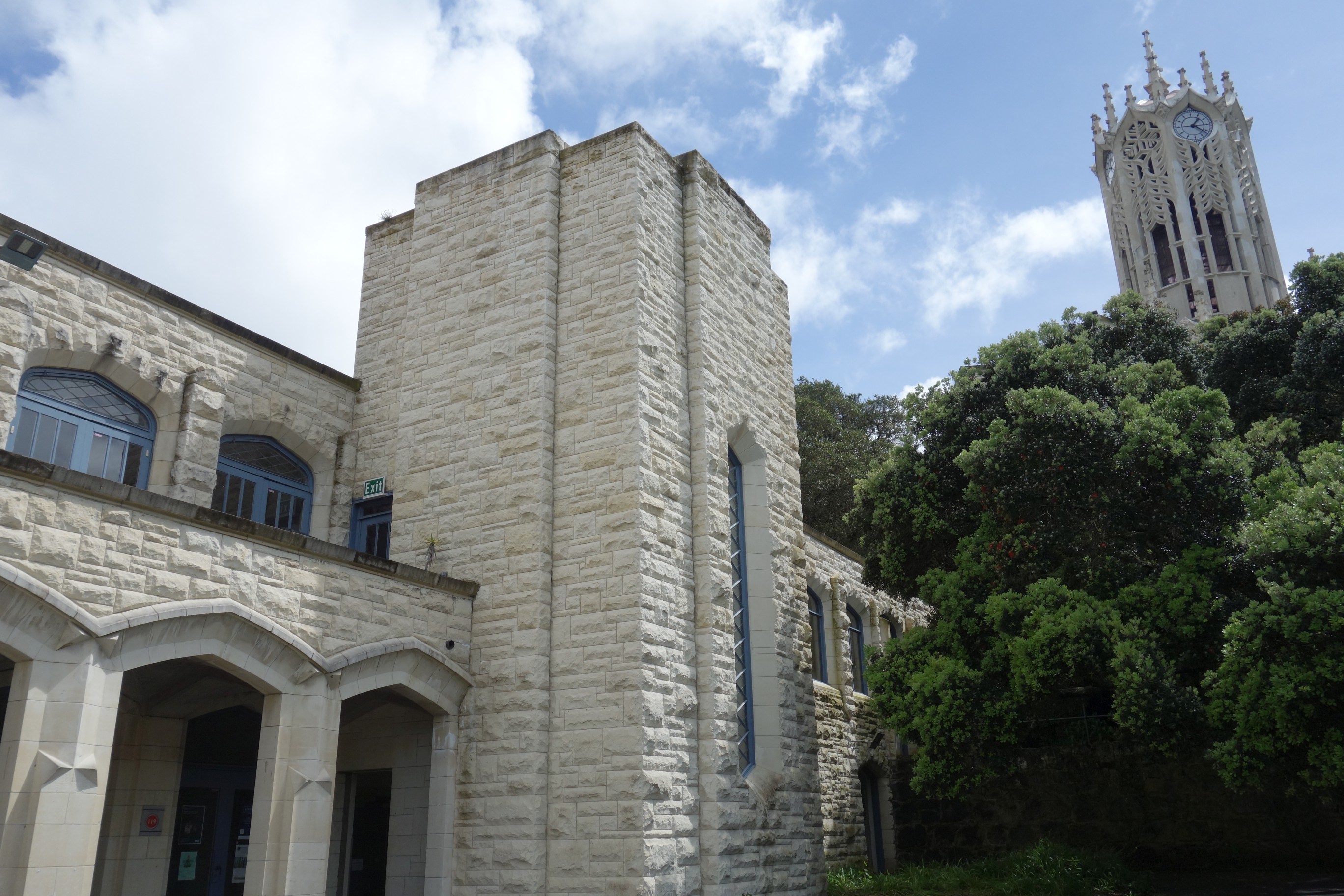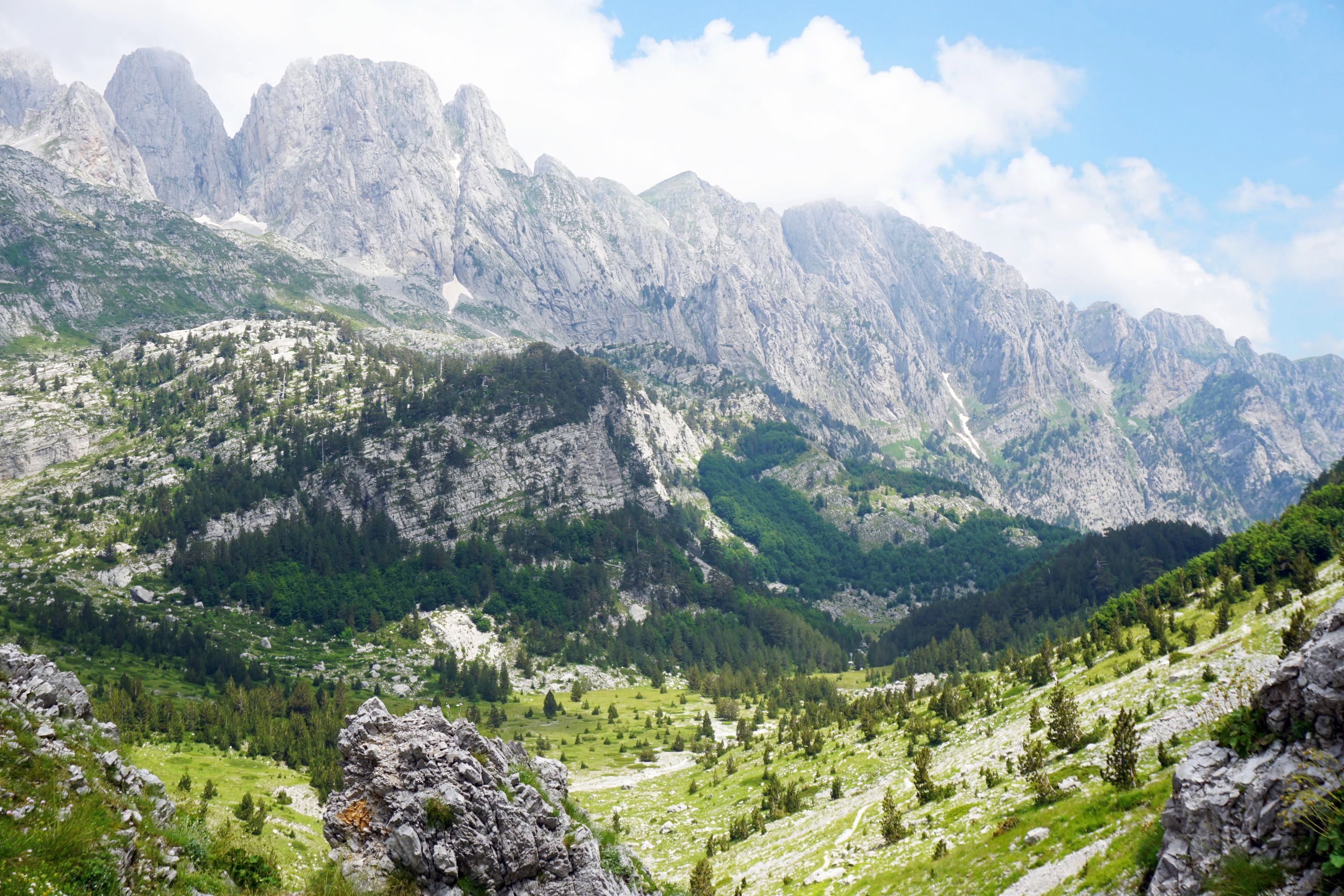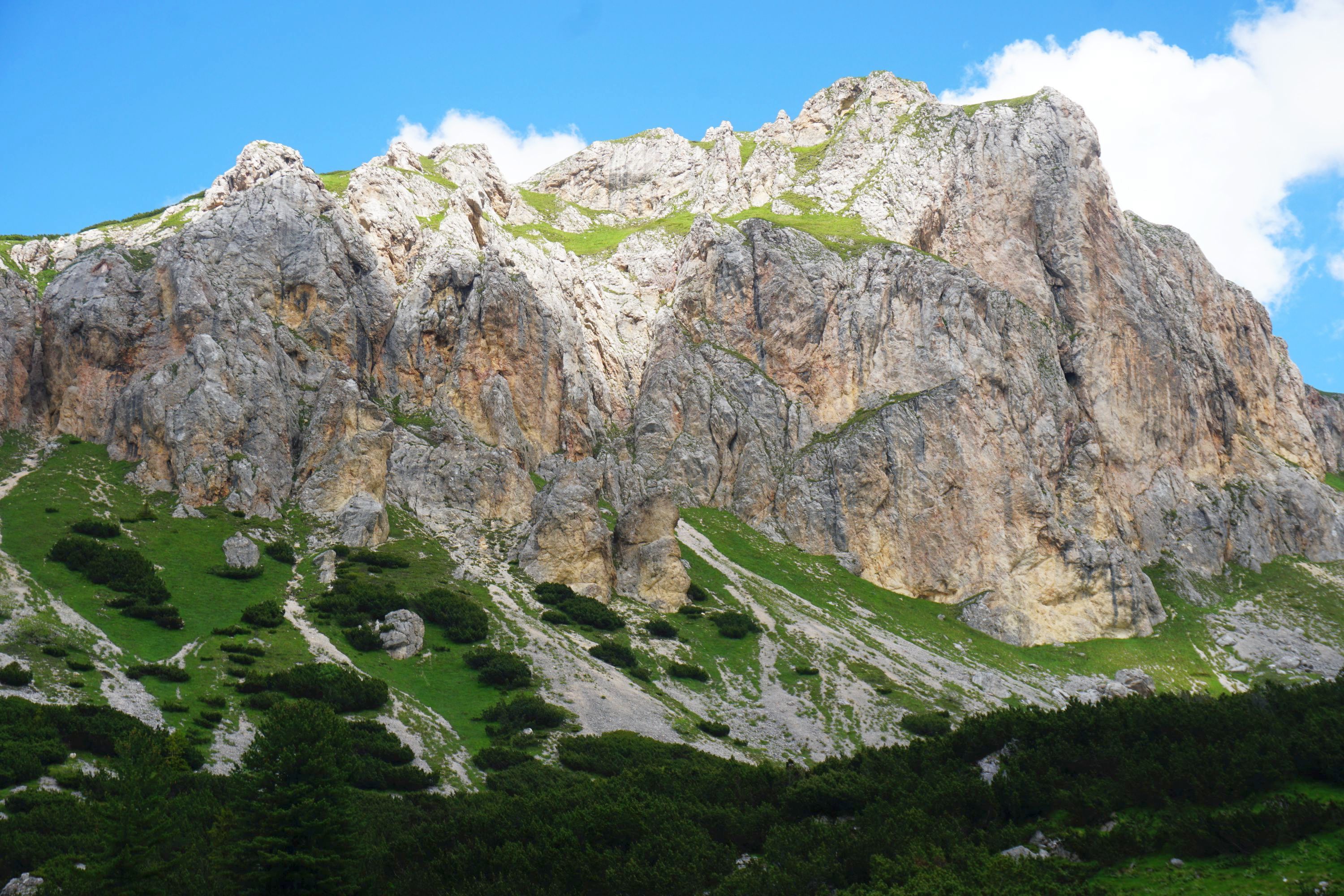American Roy Lippincott was one of the most influential architects in New Zealand during his thirty years here from 1922. I knew his buildings but didn’t know him as the architect until I went on a fascinating two hour walk of Auckland CBD run by Robert Ferris through the Art Deco Society, as part of the Auckland Heritage Festival.
We started with an unknown gem, which sadly is unlikely to survive much longer. The Farmers Tearoom (1934-35), now part of the Heritage Hotel, is a wonderful space. I loved the ornamentation of the ceiling, fireplace and lighting.








It’s quite a contrast from the corridor leading to it, and I suspect the view was quite different when this photograph of the original tea room was taken.


Sadly (if fairly typically for New Zealand) there is no protection of this space. It is planned to be sub-divided into apartments which will destroy the character of this historic space.
Which could be argued is what has happened with the historic former headquarters of lingerie company Berlei. Berlei Factory & Office Building (1930) was the second-largest building of its kind in the Southern Hemisphere when it opened, and was Category 2 listed by Heritage New Zealand. That hasn’t prevented it from being swallowed by the enormous New Zealand International Convention Centre, which takes up an entire city block and was the price Skycity paid negotiating with the government over more pokies licenses.
One of his most familiar buildings, that I hadn’t realised that he designed, is Smith & Caughey’s (1927-29), Auckland’s famous department store. It’s a beautifully proportioned building, with a sensitive top floor extension, and has exquisite, if usually overlooked detailing. Lippincott also remodeled the Queen Street facade in 1940.



Lippincott’s most famous building, and what brought him to New Zealand from Australia where he previously lived, is the University Arts Building (1921-26), and it’s striking Clock Tower. When I first saw it seven years ago it struck me as one of the few distinctively New Zealand pieces of architecture, almost Tolkienesque. Now I see elements of Gaudi’s Sagrada Família, his epic cathedral in Barcelona, in it’s organically inspired forms. It’s a true landmark of Auckland.



The final building we saw on the tour was the far plainer University Biology Building (1937-39), reflecting the impact of the Great Depression on funding, and Art Deco on styling. It still has a number of lovely features, including the vertical windows, and door frame reminiscent of the fireplace in the Farmers Tearoom.


More information on Roy Lippincott and his buildings in Auckland and the rest of New Zealand can be found here.
If you liked this, you might also like these posts on the Auckland Heritage Festivals in 2015 and 2016, The Civic, and 19th and 20th Century Auckland Architecture.





Leave a Reply